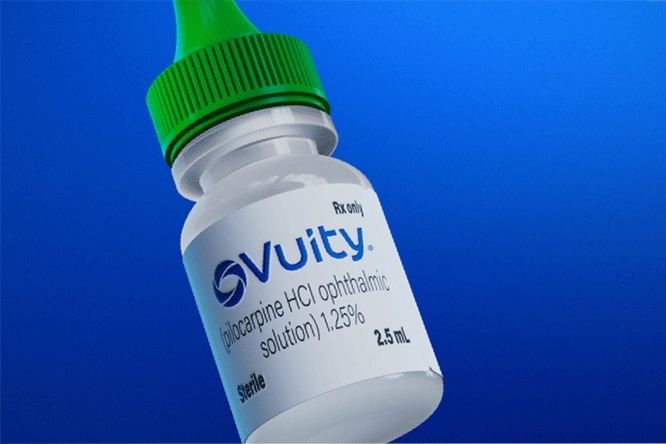
Classification of Anti-Amoebic Agents
Anti-amoebic agents are primarily classified based on their mechanism of action and the specific amoebic infections they target. The most common amoebic infection in humans is caused by Entamoeba histolytica, which leads to amoebic dysentery and liver abscesses. The main classes of anti-amoebic drugs include:
- Luminal Agents: These are effective against the trophozoite form of the parasite in the intestinal lumen.
- Systemic Agents: These are used for more severe infections, particularly those that have spread beyond the intestines.
The following drugs are commonly used as anti-amoebic agents:
- Metronidazole
- Iodoquinol
- Diloxanide furoate
Pharmacokinetics, Mechanism of Action, Adverse Effects, and Drug Interactions
1. Metronidazole
Pharmacokinetics
Metronidazole is well absorbed from the gastrointestinal tract, with peak plasma concentrations occurring within 1 to 3 hours after oral administration. It has a bioavailability of approximately 80%. The drug is widely distributed throughout body tissues and fluids, including the central nervous system (CNS). Metronidazole undergoes hepatic metabolism primarily via oxidation and glucuronidation, with a half-life ranging from 6 to 8 hours.
Mechanism of Action
Metronidazole exerts its anti-amoebic effect by entering the amoeba’s cells and undergoing reduction to active metabolites that interact with DNA, leading to strand breakage and ultimately cell death. This mechanism disrupts nucleic acid synthesis.
Adverse Effects
Common adverse effects include:
- Gastrointestinal disturbances (nausea, vomiting, diarrhea)
- Metallic taste
- Headaches
- Dizziness Less common but serious effects can include neurotoxicity (peripheral neuropathy) and disulfiram-like reactions when taken with alcohol.
Drug Interactions
Metronidazole can interact with:
- Alcohol (causing disulfiram-like reactions)
- Warfarin (increased anticoagulant effect)
- Lithium (potentially increasing lithium levels)
2. Iodoquinol
Pharmacokinetics
Iodoquinol is absorbed from the gastrointestinal tract but has limited systemic absorption due to its high lipophilicity. Peak plasma concentrations occur within 1 to 2 hours after ingestion. It is primarily excreted unchanged in feces.
Mechanism of Action
Iodoquinol acts as a luminal agent against E. histolytica by inhibiting its growth through interference with metabolic processes within the parasite.
Adverse Effects
Adverse effects may include:
- Diarrhea
- Abdominal pain Rarely, it can cause optic neuritis or thyroid dysfunction due to iodine content.
Drug Interactions
Iodoquinol has minimal interactions but should be used cautiously in patients taking other iodine-containing medications or those with thyroid disorders.
3. Diloxanide Furoate
Pharmacokinetics
Diloxanide furoate is poorly absorbed from the gastrointestinal tract; therefore, it mainly acts as a luminal agent. It is converted into its active form in the intestine and has a half-life of about 12 hours.
Mechanism of Action
Diloxanide furoate works by inhibiting protein synthesis in E. histolytica, leading to cell death.
Adverse Effects
Common side effects include:
- Mild gastrointestinal upset (nausea) Serious adverse effects are rare but may include hypersensitivity reactions.
Drug Interactions
Diloxanide furoate has few known drug interactions but should be used cautiously alongside other medications affecting gut motility or absorption.
Different Antimicrobial Agents
Antimicrobial agents encompass a broad range of drugs targeting various pathogens including bacteria, fungi, viruses, and parasites. Some categories include:
- Antibiotics: Target bacterial infections (e.g., penicillin, cephalosporins).
- Antifungals: Treat fungal infections (e.g., fluconazole).
- Antivirals: Combat viral infections (e.g., acyclovir).
- Antiparasitics: Address parasitic infections (e.g., metronidazole for protozoa).
Drug Resistance and Complications of Antibiotic Therapy
Drug Resistance
Drug resistance occurs when microorganisms evolve mechanisms to resist the effects of medications that once effectively treated them. This phenomenon can arise through genetic mutations or acquiring resistance genes from other organisms via horizontal gene transfer. Factors contributing to antibiotic resistance include overuse or misuse of antibiotics in human medicine and agriculture, inadequate infection control measures in healthcare settings, and poor patient adherence to prescribed regimens.
Complications of Antibiotic Therapy
Complications associated with antibiotic therapy can include:
- Adverse Reactions: Side effects ranging from mild allergic reactions to severe anaphylaxis.
- Superinfections: Disruption of normal flora can lead to opportunistic infections such as Clostridium difficile colitis.
- Resistance Development: As mentioned earlier, inappropriate use fosters resistant strains.
- Drug Interactions: Antibiotics may interact adversely with other medications leading to reduced efficacy or increased toxicity.
In conclusion, understanding these aspects helps optimize treatment strategies while minimizing risks associated with anti-amoebic therapies and broader antimicrobial use.







